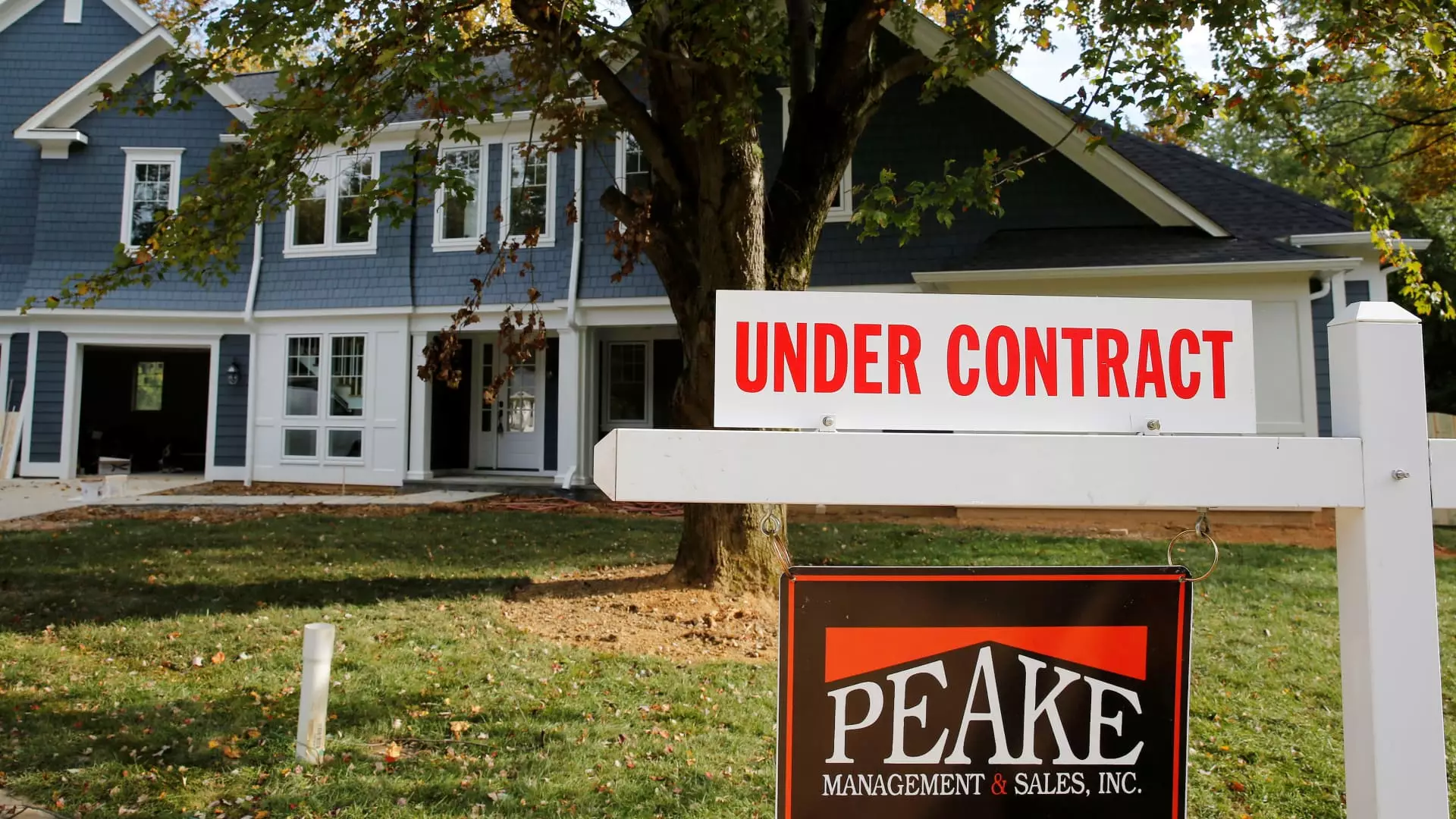In September, the real estate market unexpectedly witnessed a substantial increase in signed contracts for existing homes, soaring by 7.4% from August figures as reported by the National Association of Realtors. This unexpected surge exceeded many analysts’ forecasts, which had anticipated a modest rise of just 1%. Such a pronounced jump reflects the most significant level of pending sales observed since March of this year and a 2.6% increase compared to September 2022.
The uptick in pending sales serves as a critical barometer of buyer demand, as it is based on the number of signed contracts during the month. This situation illustrates how sensitive buyers are to fluctuations in mortgage rates. For context, the average interest rate for 30-year fixed mortgages demonstrated a generally downward trend throughout August, hitting a low of 6.11% by September 11, as detailed by Mortgage News Daily. However, this favorable trend was short-lived, as rates began to climb again in October to exceed 7%.
Lawrence Yun, the chief economist for the National Association of Realtors, attributed the increase in contract signings to a combination of declining mortgage rates in late summer and a rise in inventory choices available to buyers. The regional dynamics indicate that pending sales strengthened in the Northeastern and Western United States, remained unchanged in the Midwest, and showed little movement in the South. The Western region, known for its elevated home prices, experienced the most significant gains, largely due to buyers benefiting from even slight reductions in interest rates.
Interestingly, despite the positive news surrounding pending sales, affordability issues are re-emerging as mortgage rates begin to rise again. According to the Mortgage Bankers Association, mortgage demand from prospective homebuyers still showed an uptick of 10% compared to the same week the previous year, indicating a persistent interest in home purchases. However, it is crucial to note that overall mortgage demand remains at historically low levels, suggesting that while activity has increased, it still operates within a limited context.
Looking ahead, the outlook for 2024 remains uncertain, especially with mortgage rates climbing back to 7%. Selma Hepp, chief economist at CoreLogic, expressed a cautious sentiment, predicting that although there may be short-term gains in pending sales, this shift is unlikely to significantly bolster home sales in 2024 beyond the levels seen in 2023. The recovery witnessed in September might be only a temporary respite in an otherwise challenging housing market landscape.
As the market continues to fluctuate, potential buyers are clearly influenced by the economic landscape, showcasing a trend of responsiveness to critical factors like job growth, inventory availability, and prevailing mortgage rates. The interplay of these elements will be pivotal in shaping the future of the real estate market as we move into the latter months of the year and beyond.

Leave a Reply